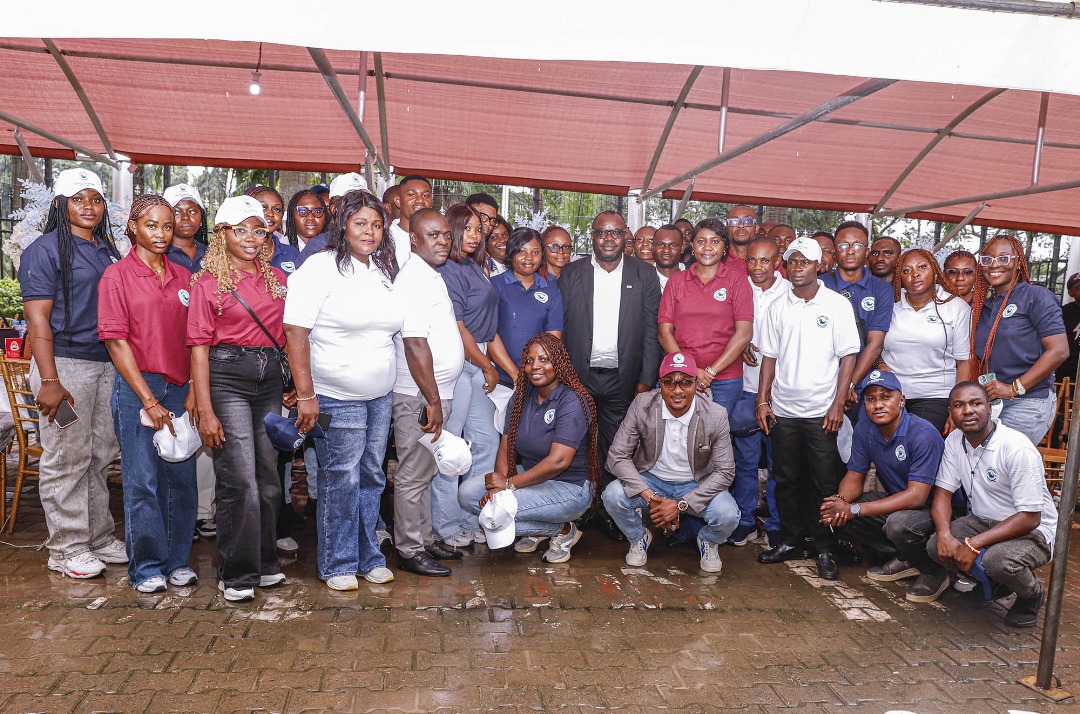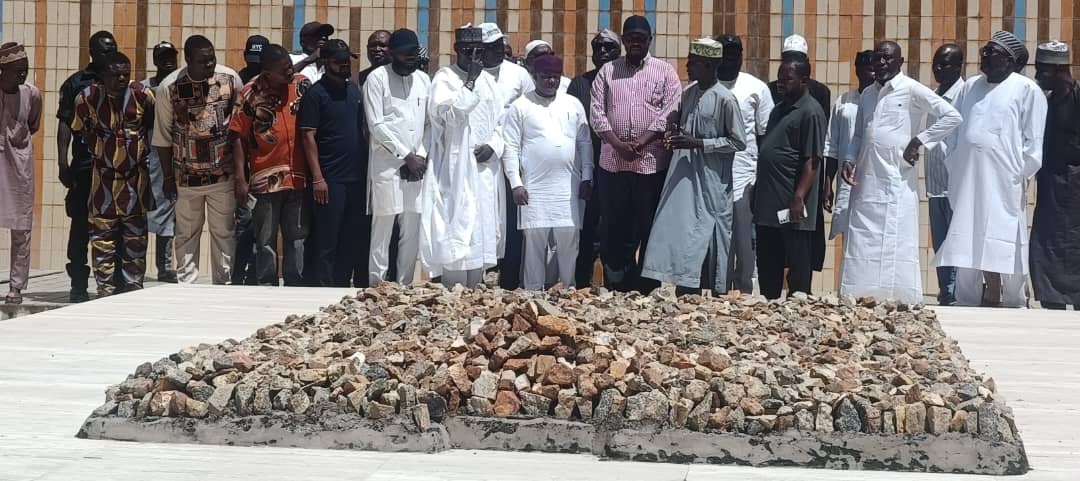
Where Enforcement Works and Does Not
Public enforcement matters: when a broker’s authority is suspended or revoked, it sends a clear message that there are consequences for fraud. It validates the concerns of those who felt their losses were previously unnoticed. It also aligns with the work of the Freight Fraud Task Force, which has been pressing for fraud to be treated as a systemic issue that demands coordinated action.
The headlines catch attention and comforts victims, but fraud rarely plays out in such visible ways. It thrives most in the shadows: cloned MC numbers, ghost carriers, forged certificates, and identity theft. The FMCSA itself warns that DOT numbers are frequently hijacked and used without authorization (FMCSA, 2025). Enforcement can only address a fraction of this activity, and by the time the press release issues, fraud rings are already operating under new names. Regulation that stops at headline enforcement risks making noise without blunting the full impact on the market. The need is clear: reliable data, pattern recognition, and trusted reported channels must become standard practice, and brokers are in the best position to lead that reporting.
The Gap Between Regulation and Reality
That gap is where the Freight Fraud Task Force is establishing its role. The organization is bringing together brokers, carriers, shippers, technology providers, and compliance experts with the purpose of creating a unified front against freight fraud. These efforts will lay the groundwork for shared intelligence, consistent standards, and educational resources that strengthen the entire logistics industry.
The goal is not to duplicate action but to compliment it. Laws can set requirements, yet only a coalition of industry participants can create practical defenses that operate in real time. The Task Force is aligning stakeholders, formalizing best practices, and preparing the industry for a more coordinated response. What is emerging is not just a conversation, but a movement that will expand and fight until fraud has fewer places to hide, and the imposters and bad actors are forced to find a new game.
Knowledge Before Tech
Fraud prevention does not begin with technology; it begins with knowledge, reinforced by internal audits and turned into best practices. Software can accelerate what people already understand, but it cannot replace it. Fraud collapses under trained eyes, not just under automated filters.
Cyber impersonation proves this. Criminals infiltrate email systems, duplicate load postings, intercept correspondence, and pose as already trusted partners. The inbox looks genuine, the paperwork appears flawless, and the deception is often revealed only after the freight or the money is gone. No filter, no firewall, no validation software can replace real knowledge. The only defense is education and discipline. Fraud thrives on speed and fails when operators slow down to verify before they release freight or funds. Tools are valuable assets, but knowledge is true armor.
Many carriers and brokers are not even aware of fraud until it hits them. They may not monitor their DOT profiles for unauthorized changes or miss small inconsistences within paperwork. They may be under such high pressure that they don’t notice an email address altered by a single letter. Enforcement agents can penalize the offenders they find, but they cannot educate operators across the logistics industry. That responsibility lies within the industry itself, and brokers, who screen carriers and connect shippers, are a natural focal point for that responsibility.
Case Examples
Identity theft is one of the industries’ most damaging schemes. A criminal duplicates a carrier’s documents, uses them to book freight, collects payment, and then disappears, leaving the legitimate carrier unpaid. Legal action may eventually shut down the fraudulent entity, but victims spend months pursuing bond claims that rarely cover the full loss (NASTC, 2024).
Double brokering tells a similar story: a bogus broker accepts a load, reassigns it without authorization, and then vanishes. Leaving shippers to believe they worked with one party, carriers to believe they worked with another, and both sides exposed. Law enforcement may pursue the imposter eventually, but by then, the shipment is already lost, the carrier is unpaid, and the customer relationship has been damaged – often permanently.
Cargo theft adds yet another layer. A fraudulent carrier can arrive on paperwork that looks perfect, insurance that appears valid, and even a truck branded with the right name. But once the load picks up, it disappears. These operations use multiple stolen identifies and falsified registrations, making recovery nearly impossible. The only real defense starts at the verification state, where small inconsistencies are noticed before freight leaves the warehouse. A broker’s diligence in checking documents, confirming identities, and questioning anomalies can mean the difference between a safe transaction and a total loss.
Each example demonstrates the same gap: oversight punishes fraud after the fact, but the only way to prevent financial and reputational damage is through prevention. The Freight Fraud Task Force is developing training and resources to build processes that make mismatches easier to spot in real time, guiding operators on verification and wider use of safeguards. Regulation happens after the fact; best practices prevent losses before they occur.
Emerging Tactics
Fraud is not standing still. As laws adapt to close in around obvious schemes, criminals are adopting new tools that blur the line between real and fake. Generative AI could be “supercharging freight industry fraud” by enabling the creation of realistic fraudulent documents and communications that were once easy to spot (Freightwaves, 2025). Insurance certificates, carrier packets, proof of delivery, and even safety records can now be fabricated with precision that makes them difficult to spot. Errors that once gave away a forgery can be now eliminated in seconds. Operators are left exposed when they reply on surface impressions instead of direct verification (DLA Piper, 2025).
Voice and video impersonation are also moving into play. Criminals are now cloning dispatcher voices or staging fake video calls to trick staff into releasing freight or funds (ITS Logistics, 2025). Some fraudulent companies now enter bids supported by AI-fabricated credentials, performance histories, and vendor review that look legitimate until closer scrutiny reveals inconsistencies (DEMMCS, 2025).
GPS and ELD spoofing are also gaining major ground. Perpetrators manipulate tracking data to make it appear a load is moving across its expected route when it was actually diverted. In some cases, the data is adjusted only slightly, creating anomalies that are difficult to find without careful monitoring (ITS Logistics, 2025).
These risks are all amplified by the structure of the industry as well: small businesses make up 99.9% of US firms overall, and employ nearly half the private workforce (SBA, 2024). Freight brokerage reflects that pattern: recent counts place active US Brokerages at about 25,000 to 26,000, and even the largest firms control only a small share of the market (Palmetto Surety 2025; Kevin Hill vs FMCSA, 2025; GMInsights, 2024). This fragmentation means thousands of smaller brokerages, many without robust compliance departments, remain prime targets for evolving fraud. The larger players may absorb the cost of better defenses, but smaller firms are at an especially high risk of being deceived and left with losses they will not recover. This reality keeps brokers at the center of the discussion, both as potential points of failure when corrupt or careless, and as points of defense when vigilant and accountable.
These developments point to a single conclusion: fraud is developing as fast as technology, and the fragmented structure of the industry leaves countless smaller operators exposed. The only durable defense is combining tools with consistent verification, education, and disciplined processes that work at every level of the market.
The Weakness of Bonds and Contracts
Brokers are required to hold a seventy-five-thousand-dollar surety bond, but recovering through that bond is slow, contested, and uncertain. Many victims never receive full payment, especially when fraud is involved. The Freight Fraud Task Force supports efforts to strengthen contracts, factoring arrangements, and payment structures that reduce opportunities for fraud before it begins. Bonds are important, but they cannot stand alone as the industry’s safety net. Enforcement agencies can only punish the offenders they find, and they cannot educate operators in the field.
Collective Resilience Over Complacency
The freight industry cannot wait for regulations to shield them from fraud. Companies must also be willing to set aside competition when confronting threats that endanger the entire market. Real defense comes from embedding resiliency into daily operations. Knowledge, internal audits, and consistently training and enforcing best practices form the foundation of true defense against fraud. Technology can also enhance our defenses, but only after awareness is captured. The Freight Fraud Task Force is formalizing itself as a hub for that vigilance, a place where intelligence, education, and coordination come together to give everyone a stronger defense.
This is especially critical for smaller brokerage firms, which form most of the industry. Their vulnerability is not just their own problem but a systemic one, since fraud that undermines a small brokerage erodes trust for every shipper and carrier in the market. Protecting the smallest players is essential to protecting the industry, and accountability is the thread that connects them all.
Closing the Loop
Lawmakers chasing fraud are finally making headlines, but headlines alone will not stop fraud. Real protection comes from combination of education, disciplined processes, and coalitions that move with more coordination than criminals. Fraud adapts quickly, but the industry must adapt faster. The Freight Fraud Task Force is proof that the industry is building the will and structure to fight back.
Knowledge before technology, awareness before complacency, and resilience before regulation: this is how the industry wins the fight against fraud. Because most brokerages are small businesses, any serious fight against fraud must ensure that protection reaches the entire market, not just the largest firms. The backbone of American logistics is also its most vulnerable point. This means that brokers themselves also have responsibility to report bad actors within the rank and file; looking the other way only exposes the next victim and increases the chance of being pulled into a legal dispute over fraud.
The spotlight is on brokers because they are often at the center of the problem. Some are the bad actors themselves; others are imposters who call themselves brokers and damage the entire industry’s reputation. But legitimate brokers also have the power to be our safeguard. Protect them through education, support, and accountability, and you protect the industry as a whole.



